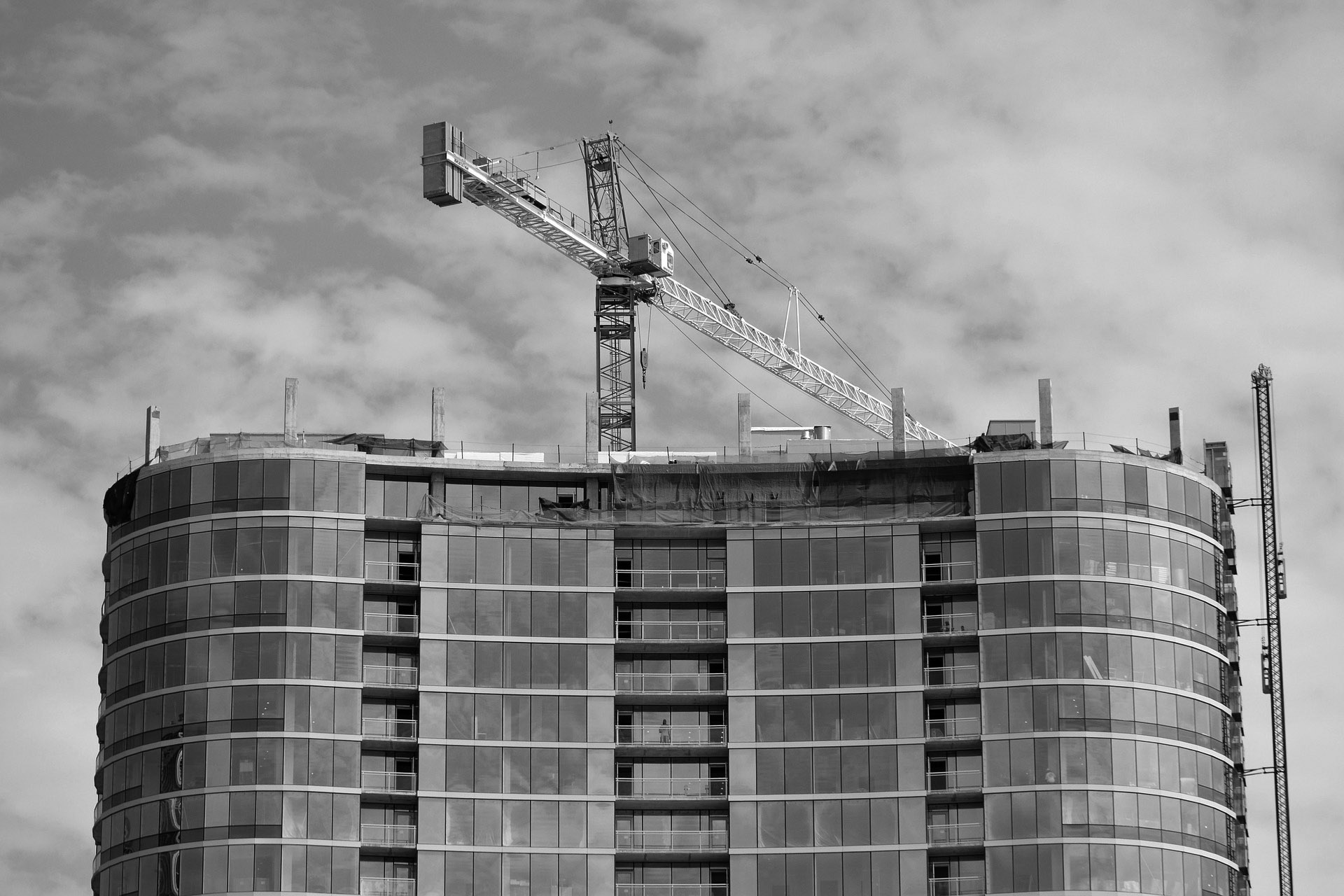The UK was headed towards a serious inflationary spike long before the Russians invaded and destroyed much of Ukraine. Food, energy and other commodity prices were already rising at a worrying pace, and in the UK a swift rebound from the pandemic was causing serious disruptions to supply chains and shortages of labour and materials. The hospitality sector provides a prime example, with many pubs and restaurants still with restricted opening schedules due to staff shortages, and pay rises of 10% or more needed to retain or attract employees. Now we have the war in Ukraine, a country that grows 10% of world wheat exports and 54% of the world’s sunflower-seed production, in a death clinch with a country that delivers over 40% of Europe’s supplies of gas. And the UK’s Monetary Policy Committee still believes that this is a short-term inflation spike – a hiatus that will settle back when inflation becomes its own self-righting mechanism. By this they mean that as our money buys less and we feel poorer, we will consume less, supply problems will disappear and inflation returns to 2%.
There are three core reasons why the MPC has got this wrong and why UK inflation is here to stay.
First, labour shortages offer both organised labour and non-unionised workers in many sectors an opportunity to push for inflation-busting pay awards. Mr Sunak will face irresistible political pressure to award public sector workers, the NHS in particular, pay rises that fully compensate for rises in the cost of living. He might have got away with 3% before this latest spike, but in 2022 the Government will feel fortunate to gain agreement for anything sub 5%. Perhaps this realisation is why he invited criticism by keeping his powder dry in his spring statement and delayed his income tax cut until before the next election – clearly signalled as May 2024. Inflation-busting pay rises will remove much of the self-righting effect that price rises have on demand and will perpetuate the inflation spiral – because increased employment costs will be passed on to consumers through higher prices.
“Importers previously dependent on a geopolitically unreliable supplier are being forced to source raw materials from more reliable, but also more expensive sources”
Second, Russia and Ukraine are each individually two of the world’s largest three exporters of grain, maize, rape and sunflower seeds, and Russia the world’s largest exporter of nitrogen fertilisers. We cannot therefore expect the supply of these key commodities to recover quickly, even if the war in the Ukraine concludes before the end of this year. Sanctions and interruptions in production and supply will not be easily or quickly overcome. Importers previously dependent on a geopolitically unreliable supplier are being forced to source raw materials from more reliable, but also more expensive sources. The lack of wheat being planted due to the lack of fertiliser and seed supplies from Russia and the replacement of a gas pipeline with a procession of LPG tankers between the US and Europe are cases in point. Add to this an overlay of inflationary green sustainability targets that require energy bill contributions to fund the vast investment required to meet zero net carbon commitments.
Last but not least there is the politics. If UK inflation does settle at a higher level than the MPC’s stated 2% target as now seems inevitable, will the independent MPC keep pushing interest rates higher until this arbitrary inflation target is met? Or will they continue to maintain that this is a temporary spike due to a war and the pandemic, and tolerate inflation at a ‘temporarily’ higher level? Eighteen months before an election, we are unlikely to see the UK Government imposing strict inflation targets on the Committee that would lead to sharp increases in interest rates which would in turn threaten a collapse in inflated residential property prices.
Medium and longer dated sterling bonds act as the market’s indicators of future interest rates and inflation, and we have already seen sharp increases in inflation expectations reflected in these yields. In the week before Christmas, the 10 year Gilt yield fell to 0.42%. On 24 March 2022, the 10 year Gilt yield, widely considered a reliable mortgage rate indicator, had risen fourfold to 1.69%. My money is on UK Gilts soon factoring in higher interest rates after a 2024 election. Absent a recession and high unemployment, undersupply in the UK’s residential property market should prevent a collapse, but the downside in real, inflation-adjusted property values is now far greater than the upside. The end of the 20-year residential property bull market is now in clear sight.








